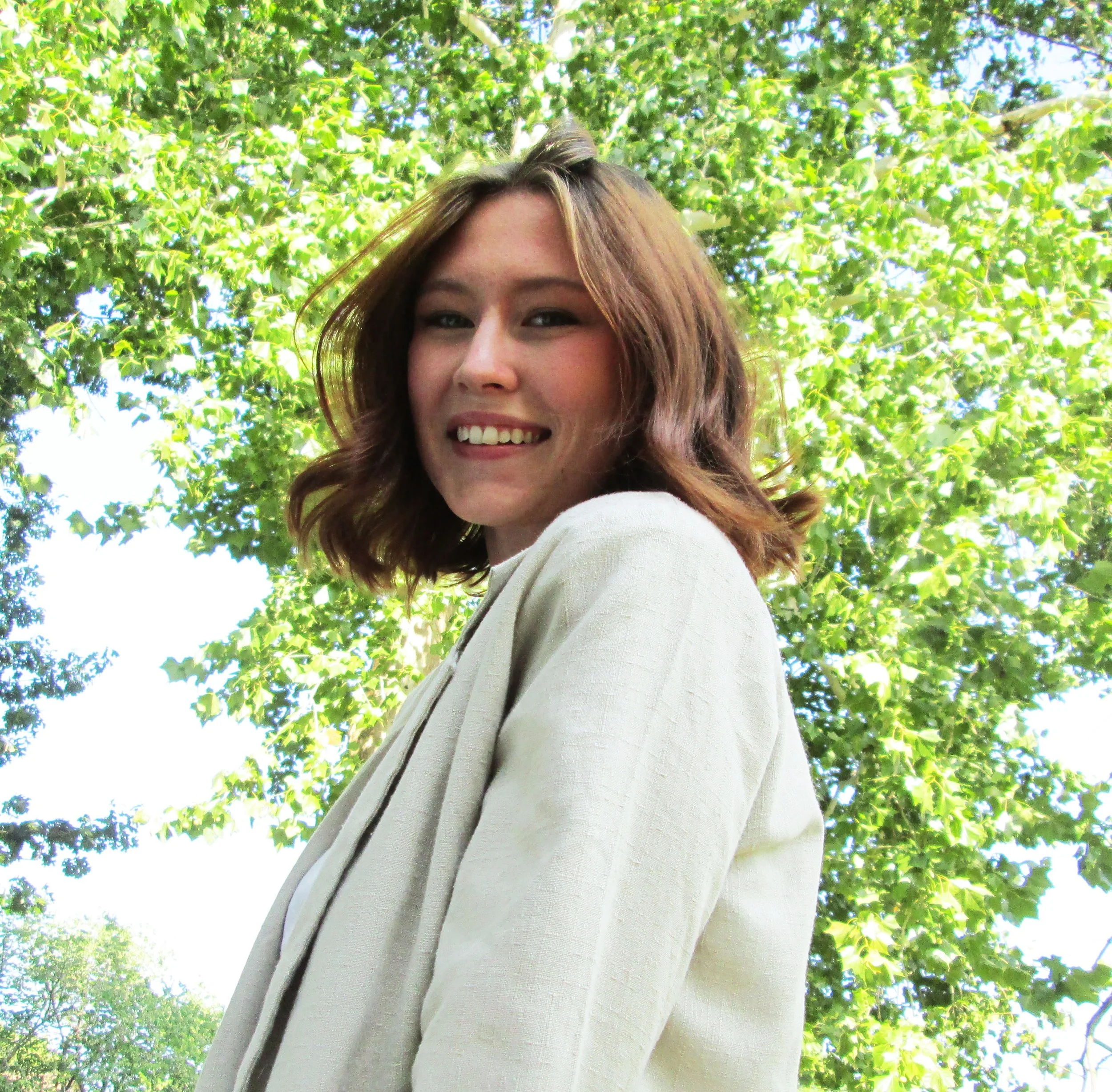Back to School: A Lesson on Classroom and Educational Design in Interior Design History
This blog post contains affiliate links. For more information please visit our disclaimer page.
Classroom interior design has evolved significantly over the years, reflecting changes in educational philosophy, teaching methods, and societal norms.
In the early 19th century, classrooms were stark and utilitarian, with rows of wooden desks facing the front where the teacher stood. There was an emphasis on discipline and rote learning, reflected in the austere design of the space.
Photo by Helsinki City Museum from Wikimedia CommonsIt wasn't until the early 20th century that educators began to rethink classroom design. Influenced by progressive educational theories, such as those of John Dewey and Maria Montessori, classrooms started to incorporate more flexibility and student-centered elements. Desks were rearranged into clusters to facilitate group work, and materials like maps, charts, and art supplies were introduced to make learning more interactive.
The mid-20th century saw a shift towards standardized, factory-like classrooms, with an emphasis on efficiency and conformity. Rows of desks facing the front made a comeback, reflecting a return to more traditional teaching methods.
In recent decades, there has been a renewed interest in innovative classroom design. Flexible seating options, movable furniture, and technology integration are now common features in modern classrooms. The goal is to create learning environments that cater to different learning styles and encourage collaboration and creativity.
Looking ahead, the future of classroom interior design is likely to be shaped by advancements in technology, the growing focus on sustainability, and a deeper understanding of how the physical environment impacts learning outcomes. As education continues to evolve, so too will the spaces where learning takes place.
MORE DESIGN THROUGH TIME:












